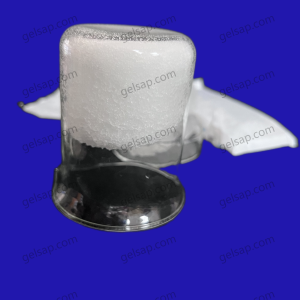液体废物处理方法
The methods for treating liquid waste usually depend on the nature and source of the waste. Here are some common methods for treating liquid waste:
Physical methods:
Sedimentation: Use gravity or the addition of chemicals to make solid particles settle to the bottom and remove suspended matter from the liquid.
Filtration: Separate solid particles from the liquid through a filter medium (such as filter paper, filter screen).
Distillation: Heat the liquid to boiling point and condense the vapor into liquid, which can be used to remove non-volatile substances dissolved in water.
Chemical methods:
中和: Use acid or alkali to neutralize acidic or alkaline substances in the waste liquid to adjust the pH value to a safe range.
Oxidation: Oxidize organic pollutants into water and carbon dioxide by adding oxidants (such as hydrogen peroxide, ozone).
Reduction: Reduce harmful substances to less harmful substances, such as reducing heavy metal ions to their lower valence states.
Biological methods:
Biodegradation: Use microorganisms to convert organic waste into simpler and more stable substances, such as using biological filters in sewage treatment plants.
Plant absorption: Using plants (such as reeds and bamboo) to absorb pollutants in water bodies to achieve the effect of purifying water bodies.
Other methods:
Ion exchange: Using ion exchange resins to remove specific ions in water, such as removing calcium and magnesium ions in hard water.
Electrochemical treatment: Using electric current to promote electrochemical reactions, such as electrolysis or electrolysis processes, to remove organic or inorganic pollutants.
When treating liquid waste, a suitable combination of methods is usually selected according to the specific situation to ensure that environmental regulations are met and the impact on the environment is reduced.
Using sodium polyacrylate polymer to treat liquid waste, usage and advantages
Sodium polyacrylate (SPA) is a polymer compound that is often used to treat liquid waste and sewage. It mainly absorbs a large amount of liquid waste and solidifies it to convert it into solid waste. The following are its usage and advantages:
Additive treatment:
Add an appropriate amount of sodium polyacrylate powder to the liquid waste.
When the powder is added to the liquid waste to be treated, it usually requires an appropriate amount of stirring or mixing to ensure uniform dispersion.
Advantages:
High-efficiency liquid absorption:

Sodium polyacrylate can absorb up to 500 times its own weight of water, converting liquid wastewater into solid waste, effectively reducing the cost of liquid waste treatment in terms of transportation and treatment costs.
Excellent precipitation performance:
Anionic polymers
By combining with ions and particles in wastewater to form precipitation, it helps to remove pollutants such as heavy metal ions and suspended solids in water.
Environmentally friendly:
Sodium polyacrylate itself does not pollute the environment, and its treatment process is relatively safe and does not produce harmful gases or by-products.
Easy to operate:
The process of using sodium polyacrylate to treat wastewater is relatively simple, does not require complex equipment and high-tech operations, and is suitable for wastewater treatment facilities of various sizes.
Economical:
The dosage of sodium polyacrylate in wastewater treatment is usually small, but it can significantly improve the treatment efficiency of wastewater, thereby reducing the overall treatment cost.
In summary, sodium polyacrylate is an efficient method for liquid waste treatment. Through its good adsorption and precipitation properties, it can effectively purify wastewater to meet discharge standards or reuse requirements. It is one of the commonly used chemical additives in the field of wastewater treatment.

